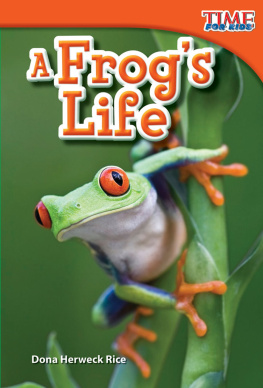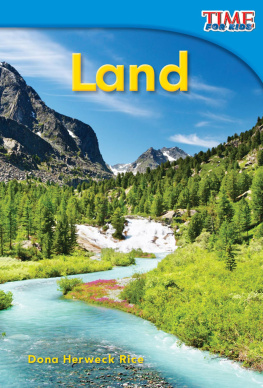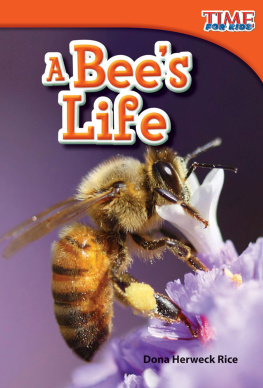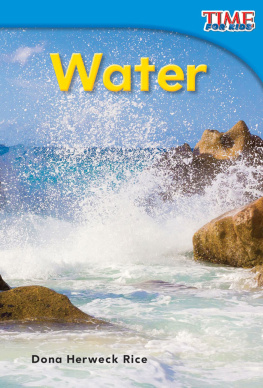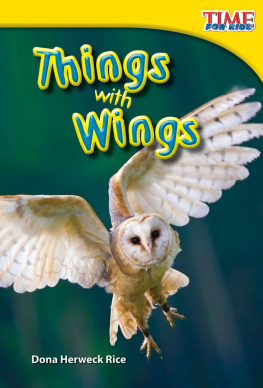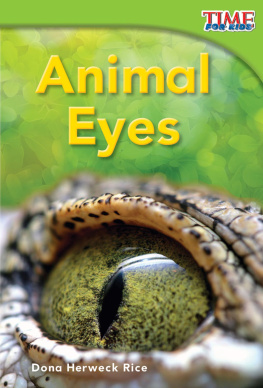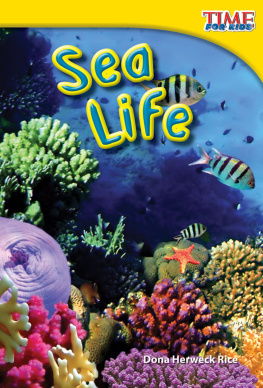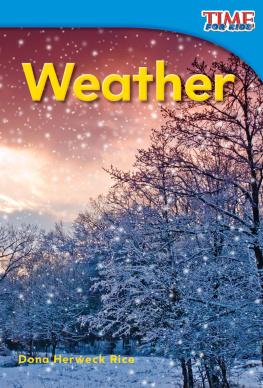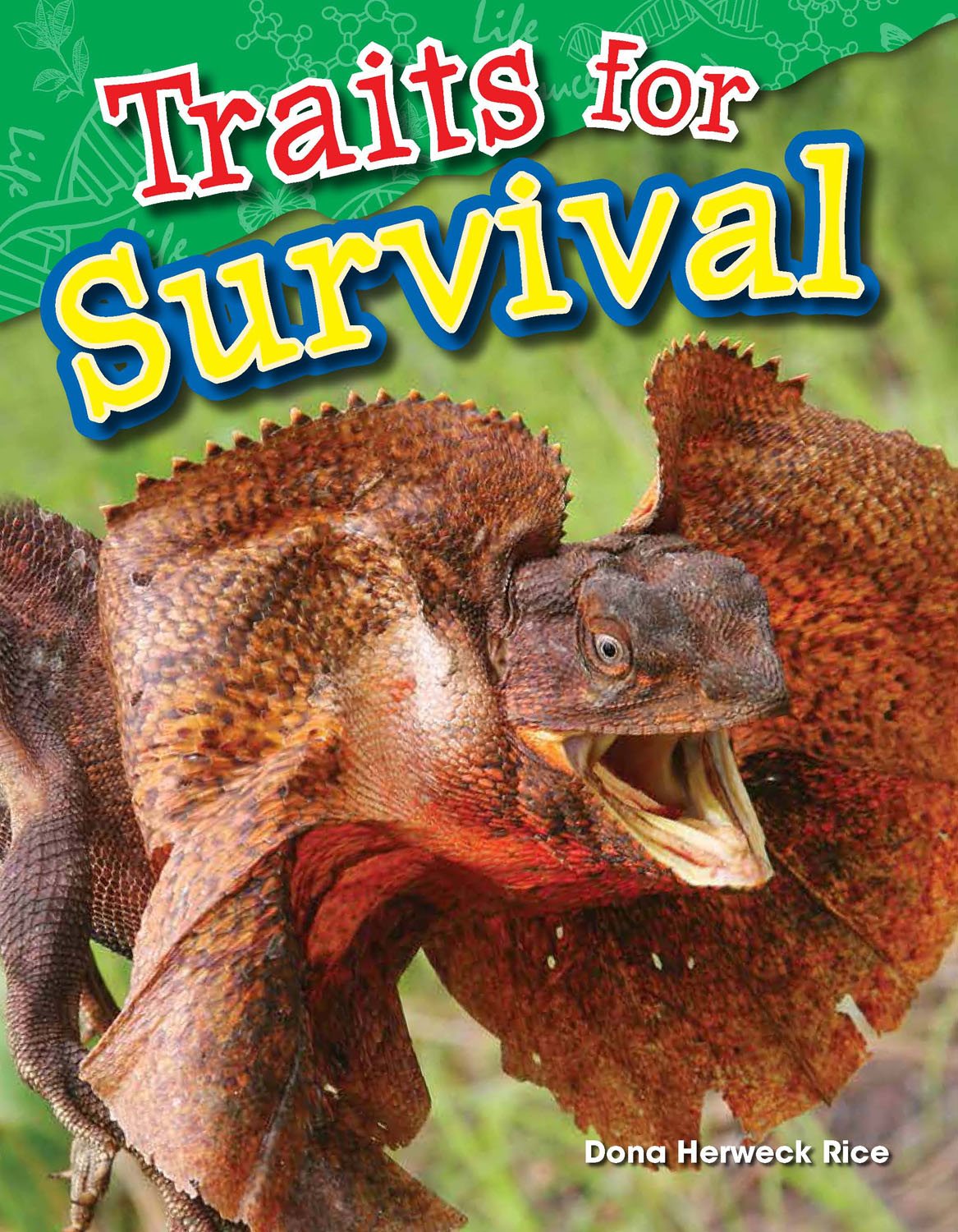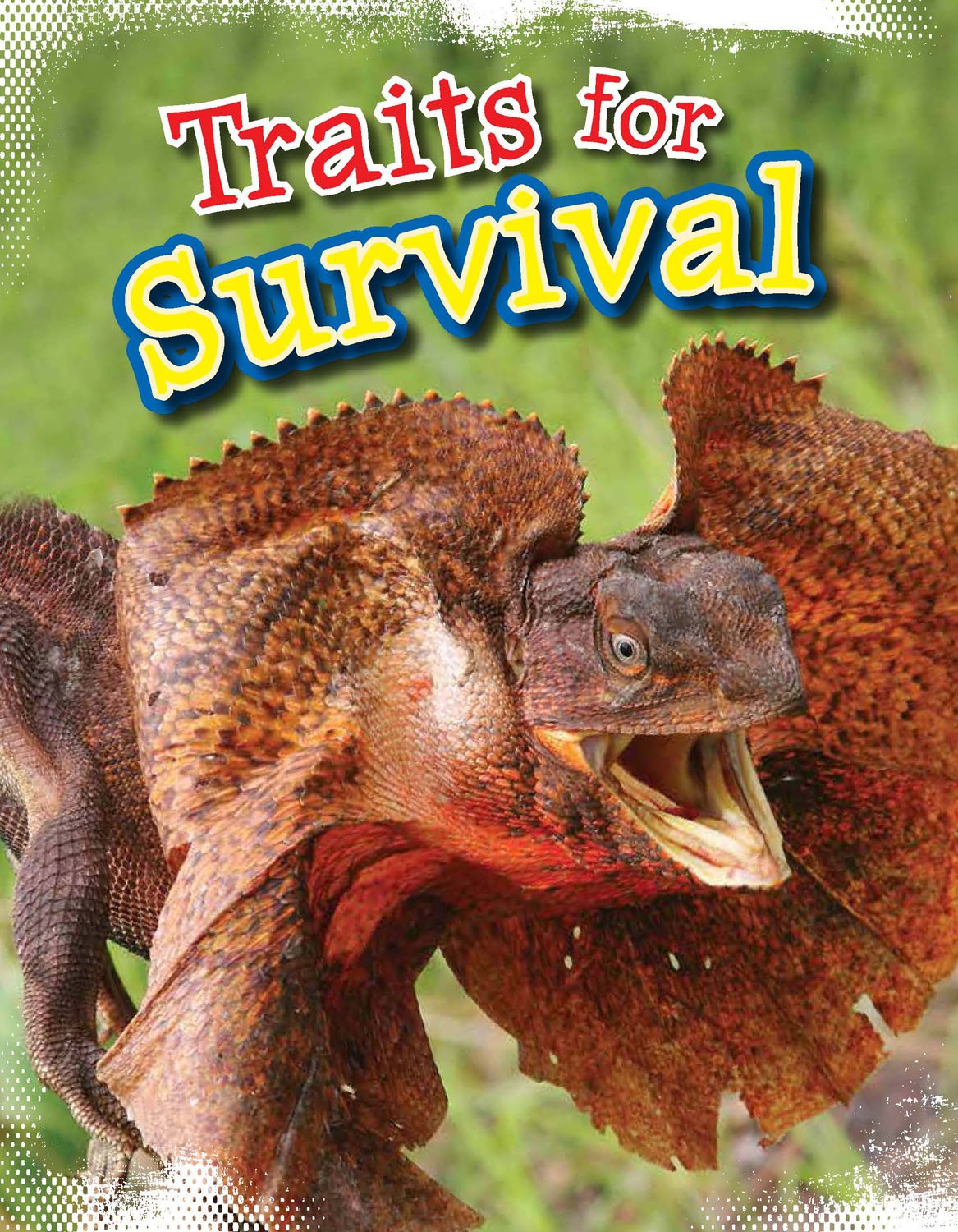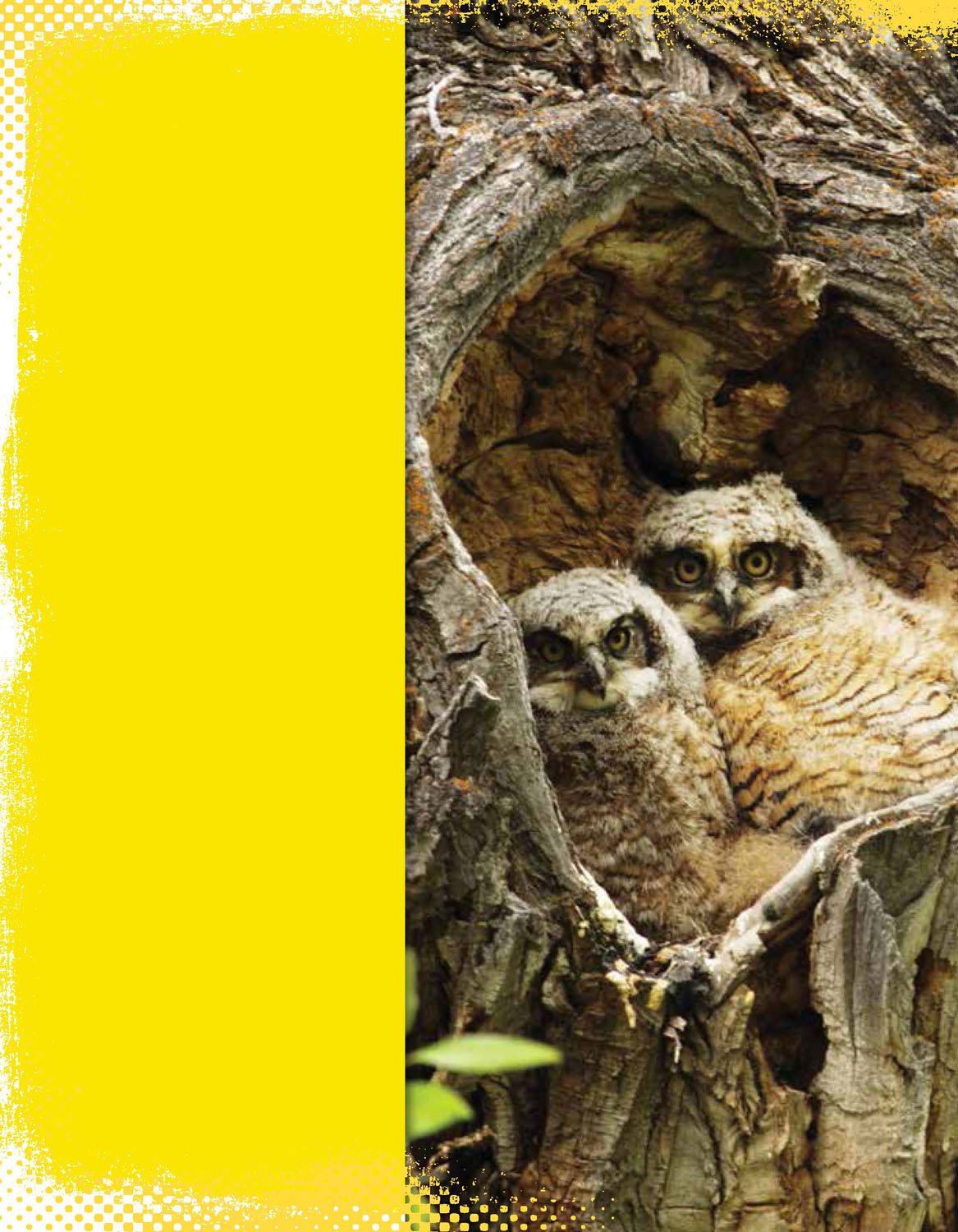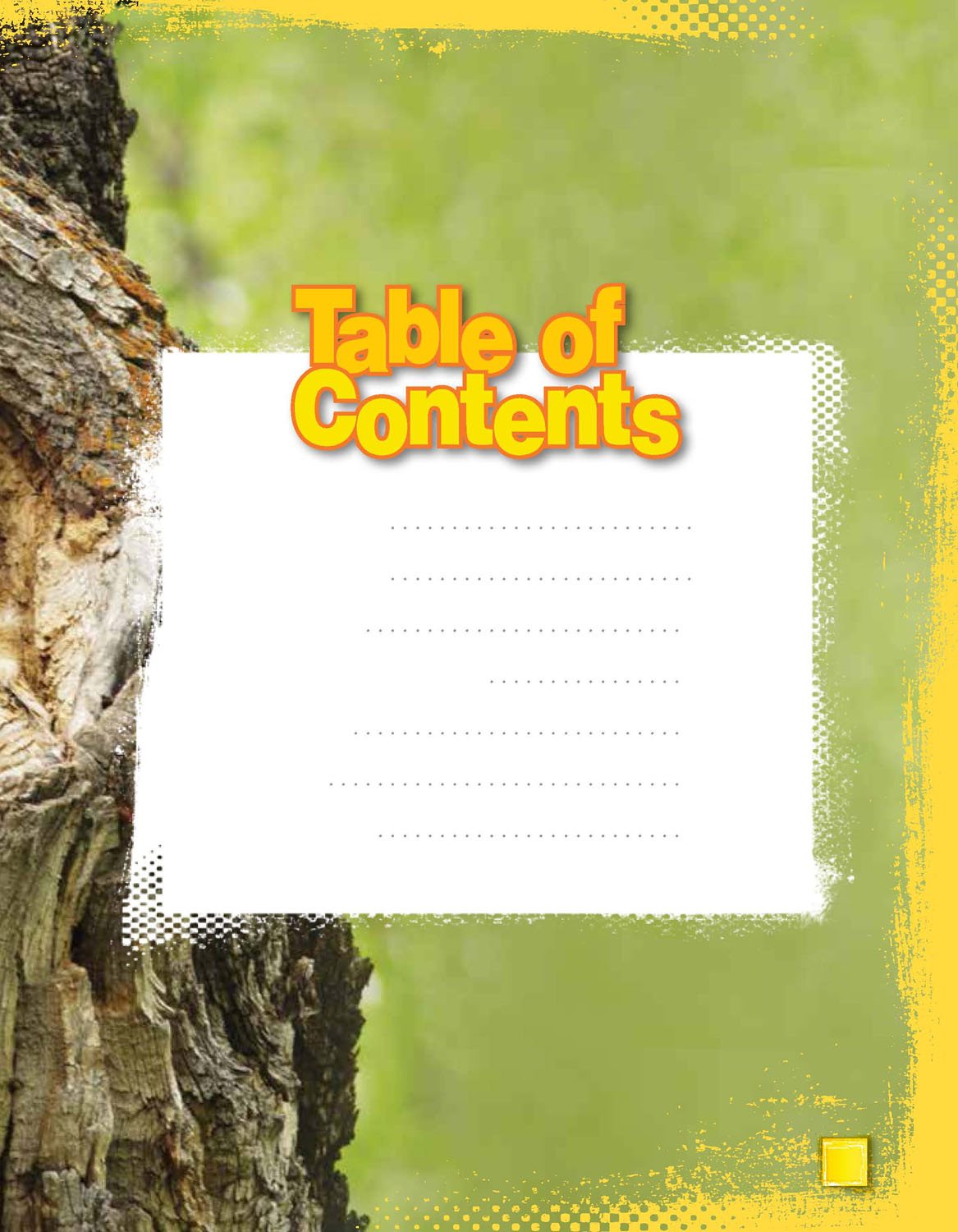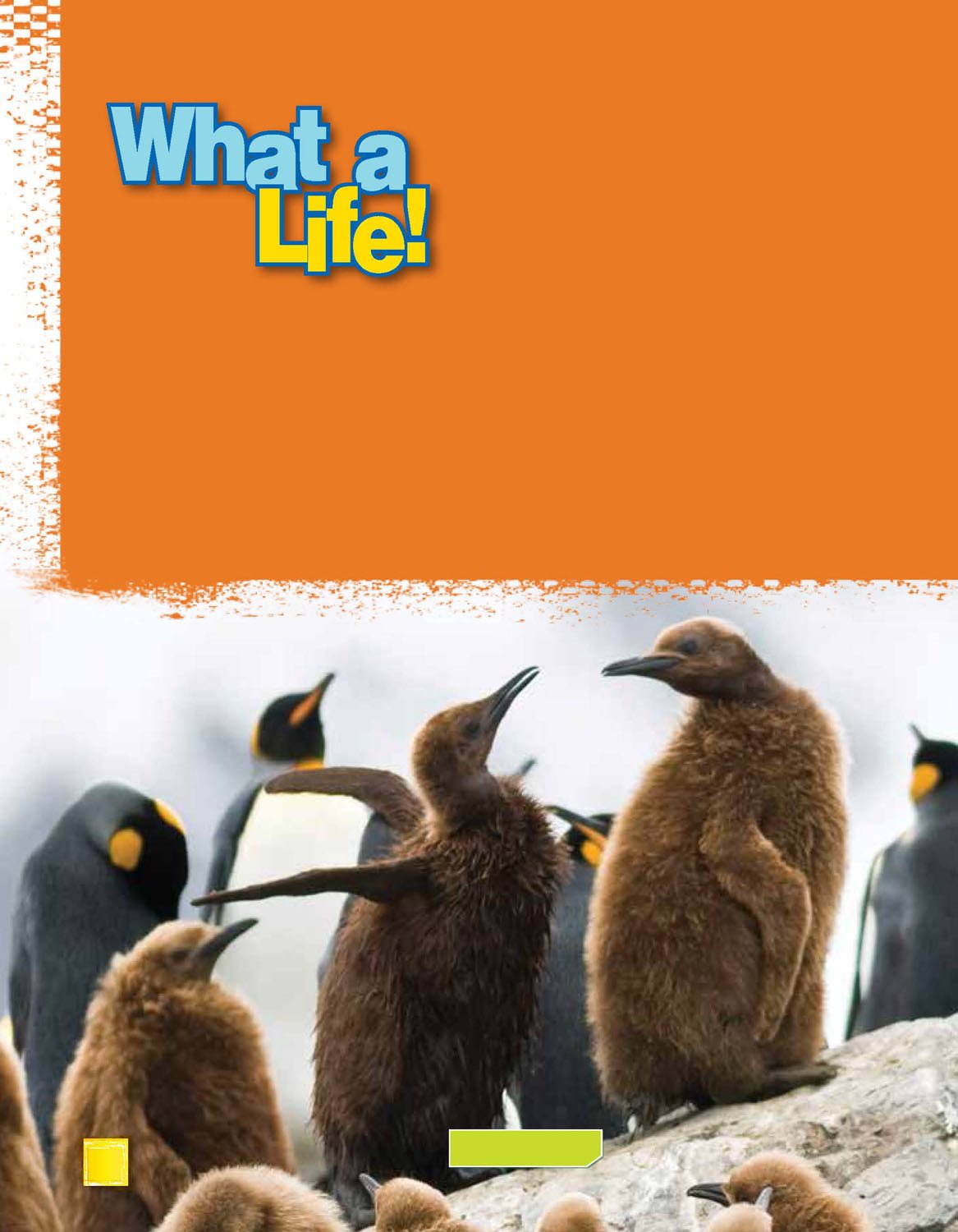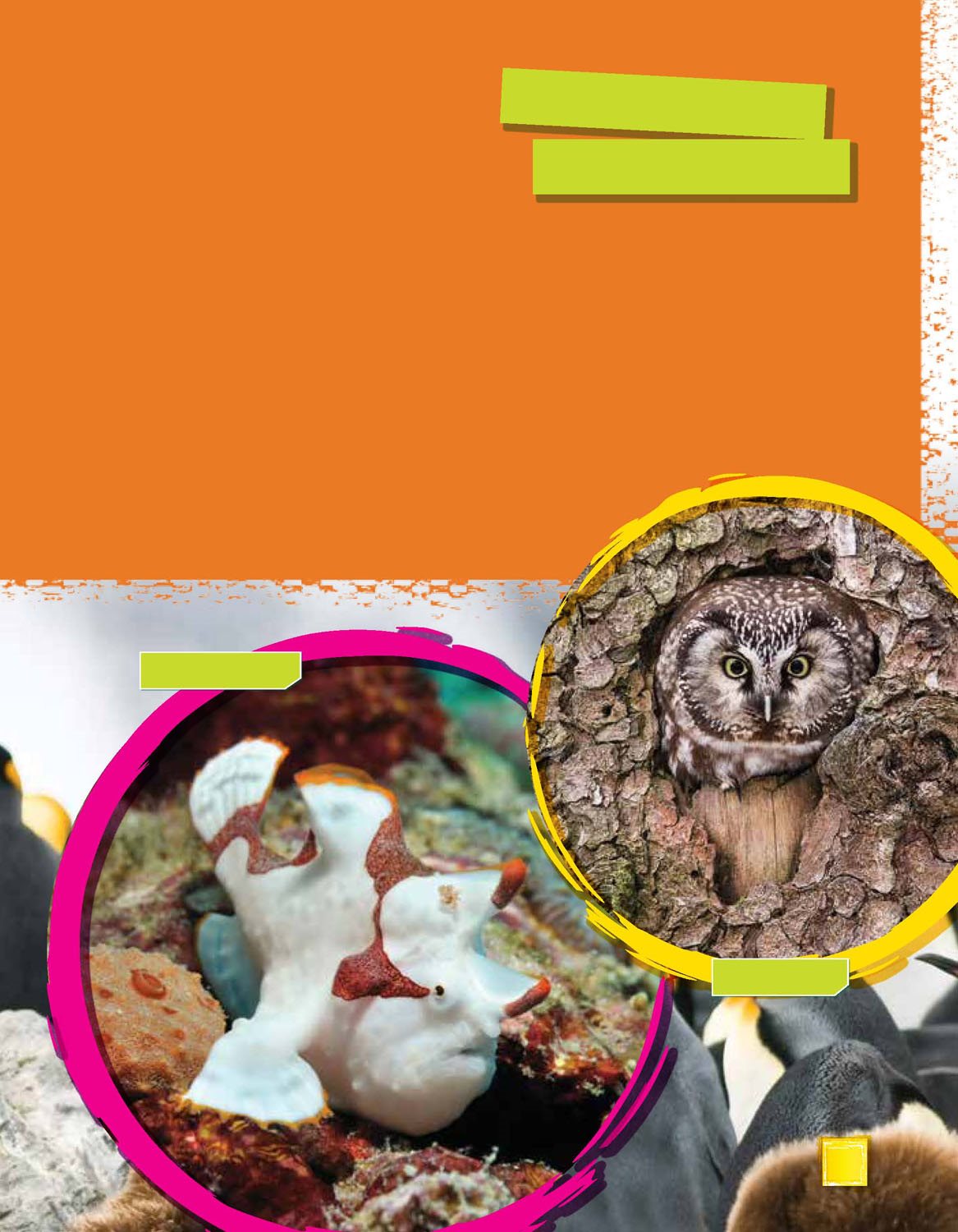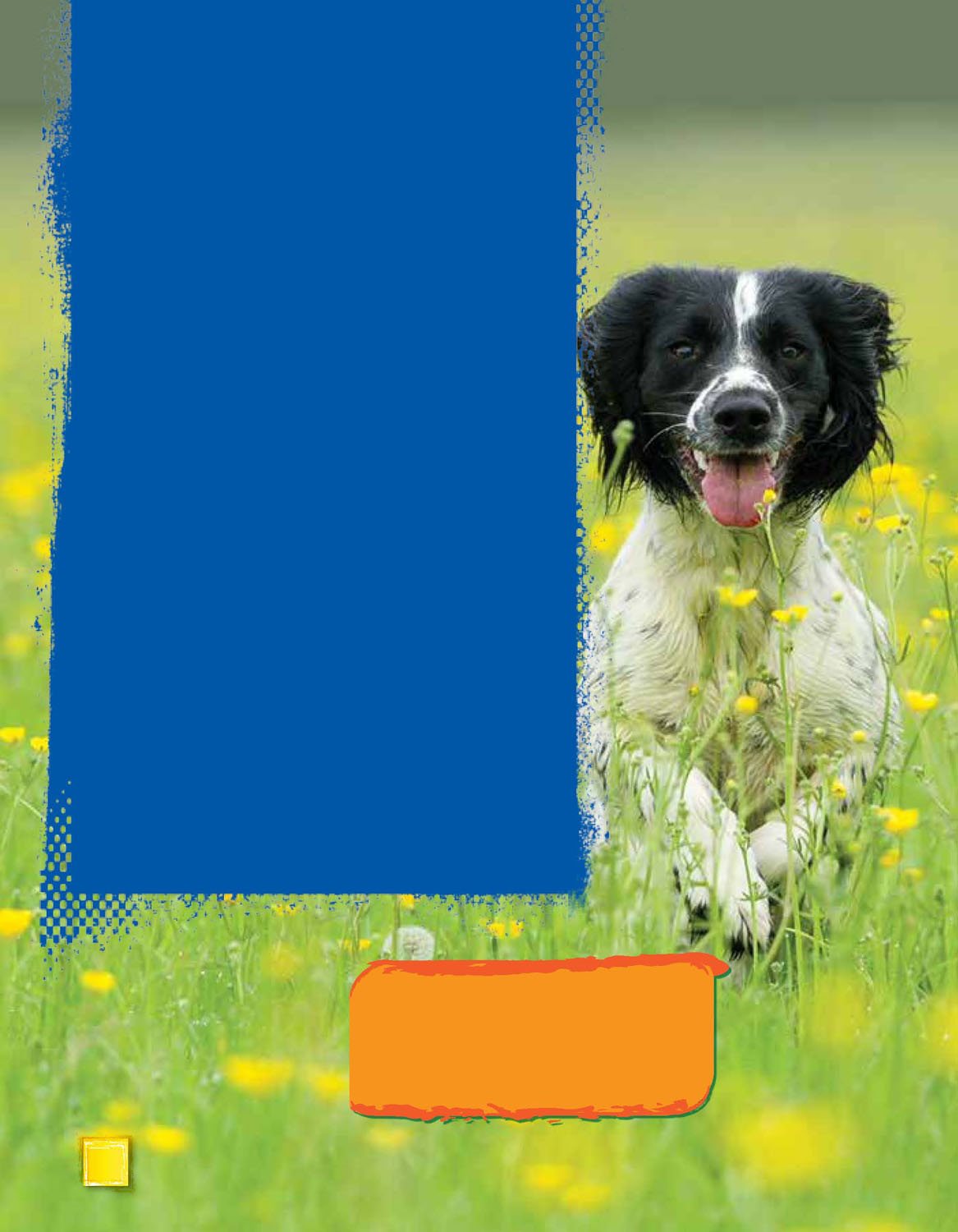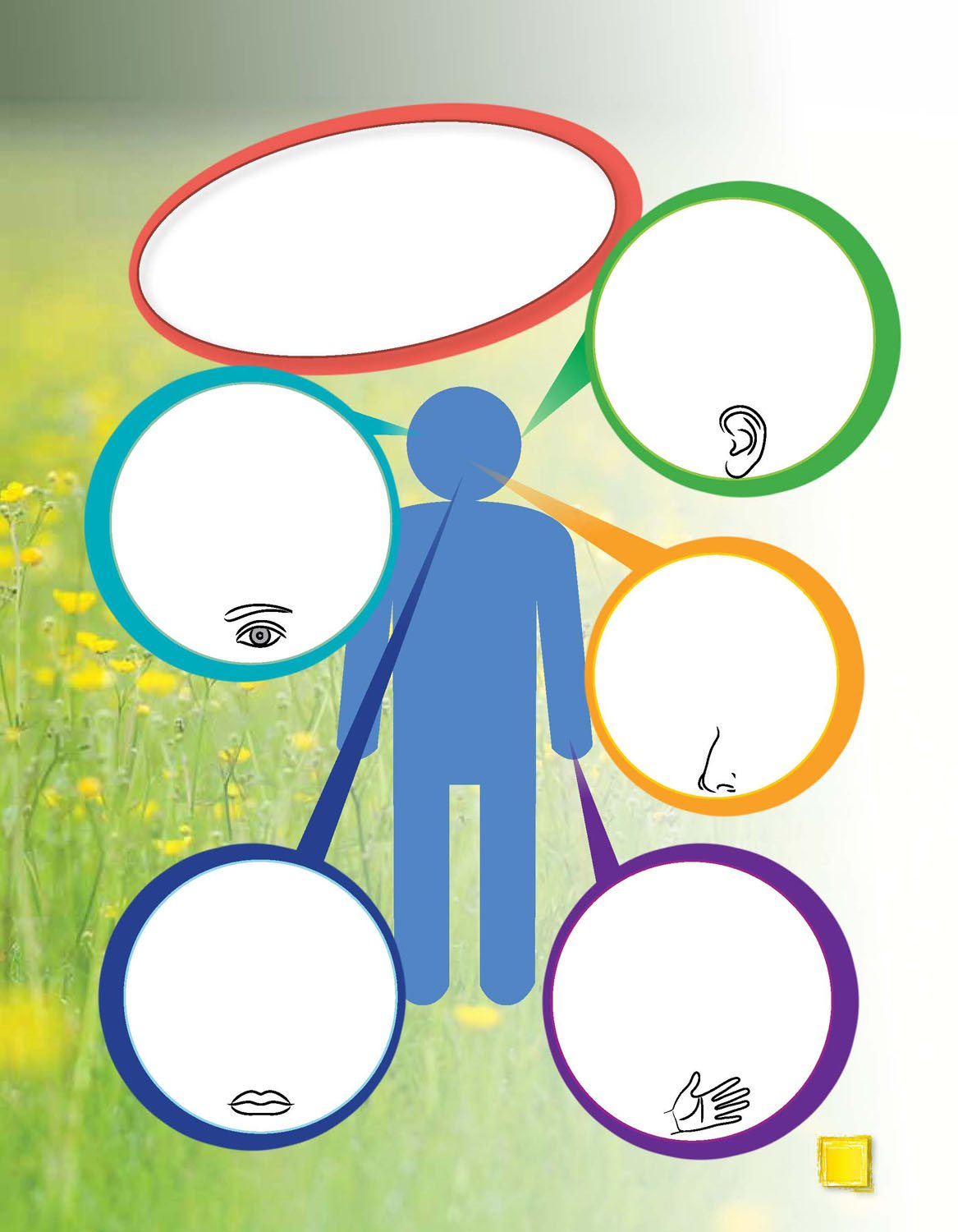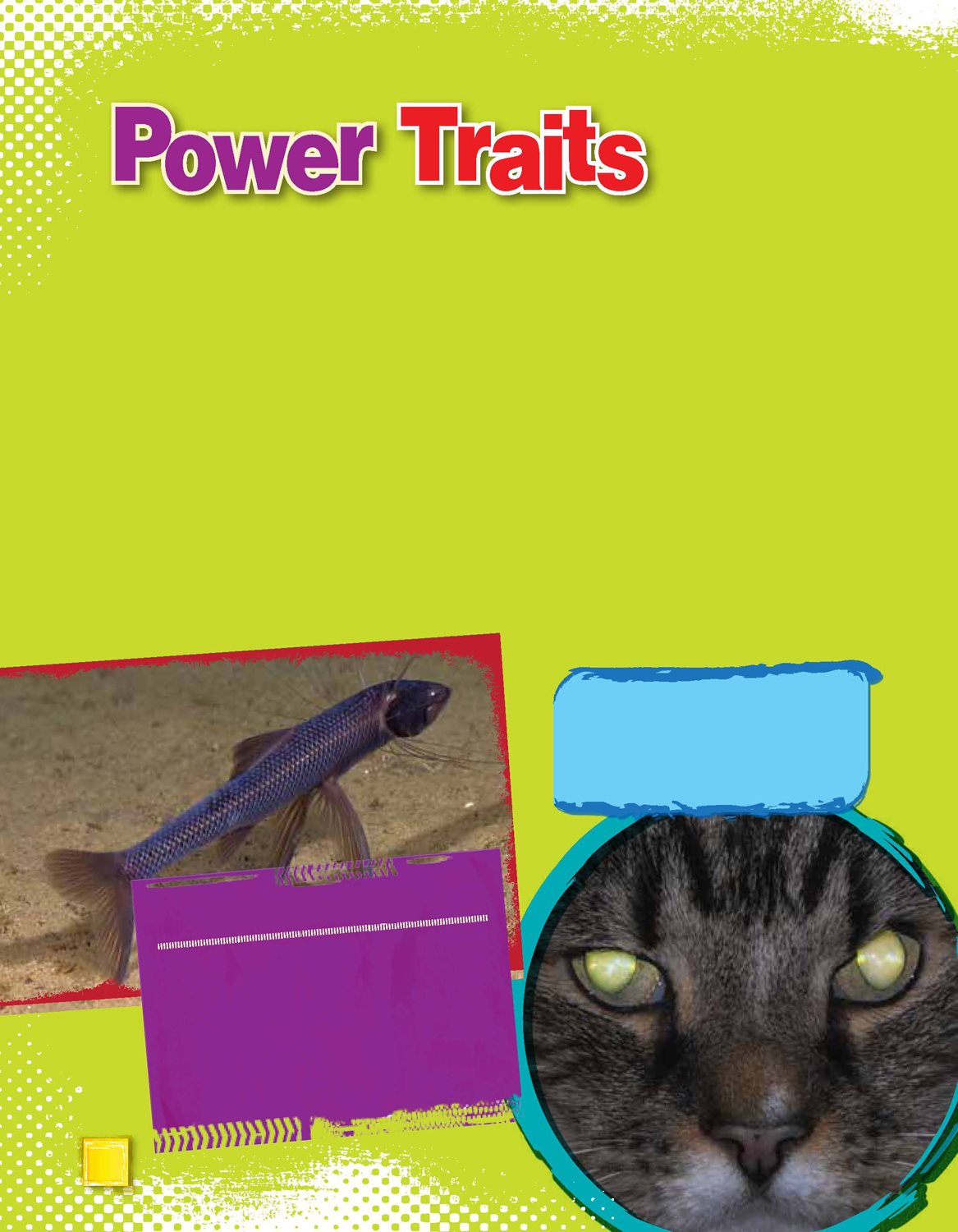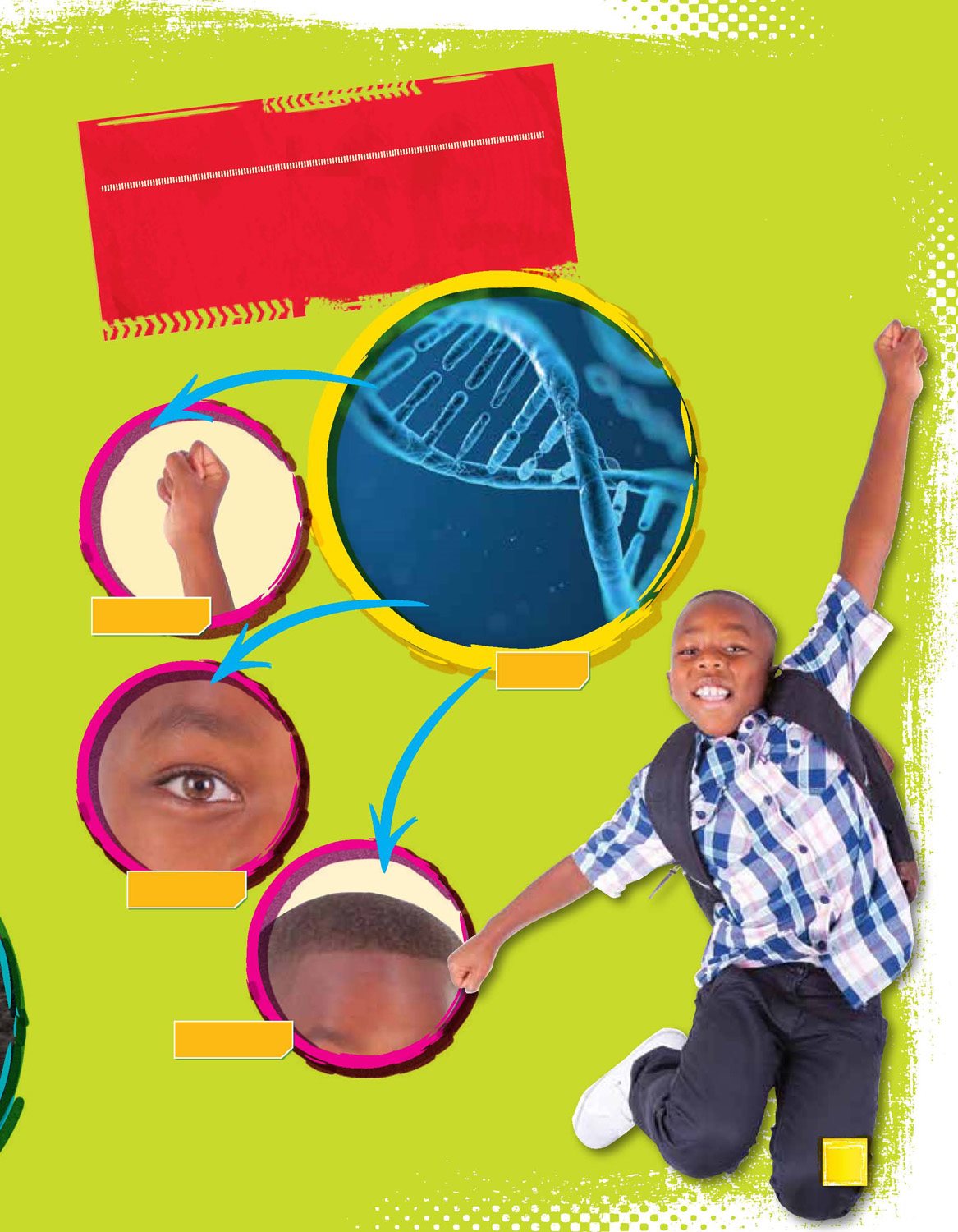Dona Herweck Rice
Consultant
Sterling Vamvas
Chemist, Orange County
Water District
Image Credits: Cover & p.1 iStock; p. 2021
(background) Anthony Pierce/Alamy; pp.22
(bottom), 2425 (background) blickwinkel/Alamy;
p.20 Marvin Dembinsky Photo Associates/Alamy;
p.23 (top) Juniors Bildarchiv GmbH/Alamy; p.25
(bottom) The Natural History Museum/Alamy;
p.21 (bottom) Steve Bloom Images/Alamy; p.15
(illustration) Tim Bradley; p.19 (top) Joel Sartore/
Getty Images; p.17 (middle) Lexa Hoang;
backcover & pp.25 (background & bottom right),
67 (background), 912 (top), 13 (bottom), 14 (top
right), 1617 (background & bottom left), 1718
(background), 22 (top), 2526 (background) iStock;
p.32 Megan Iatzko; p.8 (bottom right) Cordelia
Molloy/Science Source; p.8 (top left) NOAA Okeanos
Explorer Program, INDEX-SATAL 2010, NOAA/OER;
p.17 (top) Power and Syred/SPL/Science Source; p.23
(bottom) Wikipedia; p.18 (bottom left) Art Wolfe/
Science Source; pp.2829 (illustrations) Janelle
Bell-Martin; all other images from Shutterstock.
Library of Congress Cataloging-in-Publication Data
Rice, Dona, author.
Traits for survival / Dona Herweck Rice.
pages cm
Summary: Some animals are covered in fuzzy fur.
Others travel thousands of miles each year, searching
for warm weather and food. Some can even blend into
their environment. These are traits that help animals
surviveProvided by publisher.
Audience: K to grade 3.
Includes index.
ISBN 978-1-4807-4639-8 (pbk.)
ISBN 1-4807-4639-8 (pbk.)
ISBN 978-1-4807-5083-8 (ebook)
1. AnimalsAdaptationJuvenile literature.
2. Animal defensesJuvenile literature.
3. Adaptation (Biology)Juvenile literature. I. Title.
QH546.R54 2015
591.47dc23
2014034230
Teacher Created Materials
5301 Oceanus Drive
Huntington Beach, CA 92649-1030
http://www.tcmpub.com
ISBN 978-1-4807-4639-8
ePUB ISBN 978-1-5457-0545-2
2015 Teacher Created Materials, Inc.
Where on Earth would you like to live? Chances are, you
can find a way to live there! Do you want to live in a blazing hot
desert? Houses built underground or with a good air conditioner
can help you live comfortably in the heat. Do you want to live
under the sea? A watertight house with air piped in can make
that happen. How about living in a freezing tundra ? Thick walls
and a good parka can help make that possible.
king penguins
Adapt comes from Latin
words that mean to fit.
We humans can deal with the conditions of
almost any place we want to live. We have amazing
brains that make a lot of things possible for us. But
what if we couldnt use our brains to help us survive
the conditions of our environment ? Our bodies
would have to adapt to make life livable.
clown frogfish
boreal owl
Adaptation is the name of the game
for animal species . Qualities that
offer the best chance for survival grow
strongest in a species. Qualities that
dont support its chances fade away
or the species does!
Species hold on to what makes
them best able to survive. Of course,
a species doesnt just think, Hey, this
is working out pretty well for us. Lets
keep it! It doesnt choose anything.
Instead, an animals body adapts
over time.
But sudden changes may come to
a species home. A drought may stop
the flow of water. Food sources could
die out. Or fire may destroy a species
home. Species dont adapt quickly to
such big changes. They need to move
to a new home, or they may die out.
Dogs dont sweat through their skin
like humans do. They have adapted
to pant, which circulates air in their
bodies and cools them down.
Hearing
Whales communicate
with one another across
thousands of miles of
ocean water.
Sight
Owls that need to spot
their prey from great
distances have developed
sharp eyesight
Smell
Sharks have
adapted to smell
and locate a single
drop of blood.
Taste
Humans have
developed a dislike for
foods that taste bitter,
as these foods are
sometimes poisonous.
Touch
Plants like the Venus
flytrap have sensitive
leaves that feel when
a tasty meal has landed
on them.
Five Fierce Senses
Species rely on their senses of taste, touch,
hearing, smelling, and seeing to survive.
Traits are the qualities that exist in DNA. There are physical
traits such as eye color and the shape of teeth. And there are
instincts , such as the urge to hunt or mate.
Among these traits are traits for survival. These are the qualities
that help a species live and thrive . Many of them are adaptations.
They help species adapt to fit their environment. These adaptations
may change over time to give species the best chance to survive.
Without these traits, many species would have died out long ago.
Some traits are common, and you may know them well. But some
traits are uncommonand as weird as anything you can imagine!
Cats bodies have adapted to
make them great hunters. Their
eyes give them night vision to
hunt their prey in the dark.
Tripod Fish
The tripod fish has adapted for
fast-food dining! The fishs body
has bony spikes that anchor it to the
ocean floor. It faces the oncoming
current with its mouth open, and
food just floats down the hatch!


